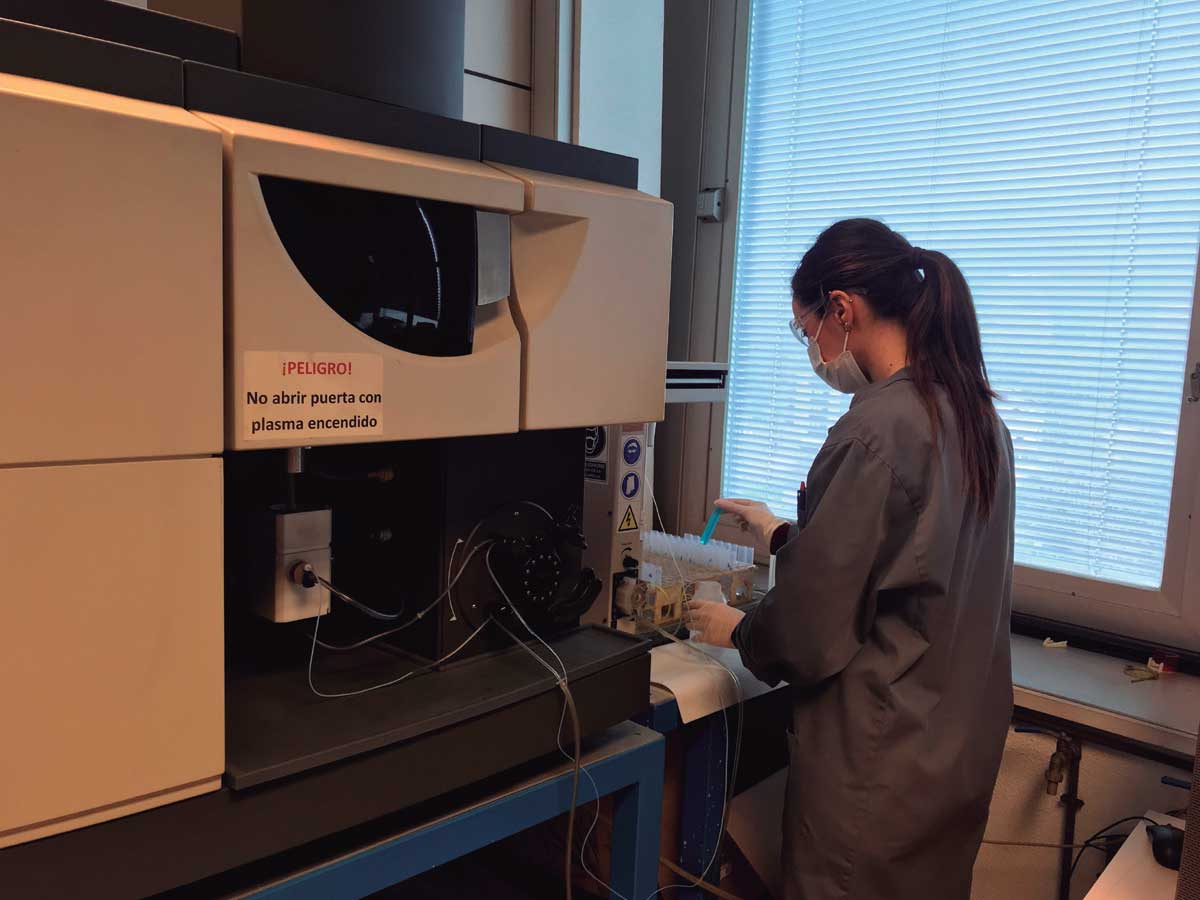FABRIMANREC
NdFeB BONDED MAGNETS MANUFACTURED FROM RECYCLED SINTERED MAGNETS
MARKET RESEARCH INDICATES THAT THE DEMAND FOR NDFEB BONDED MAGNETS will grow at a significant rate over the next 5 years. Rare earths needed to make these magnets are produced almost exclusively in China, which controls 99% of the world’s production of heavy rare earths, mainly dysprosium (Dy) and terbium (Tb); and 87% of light rare earths, mainly neodymium (Nd) and praseodymium (Pr). In addition, China applies restrictions on their exports according to its political and economic interests. The EU has therefore declared rare earths to be “critical raw materials” (CRMs).
The Basque Country imports significant amounts of sintered NdFeB magnets, which are mainly used to manufacture electric motors and generators. There is no record of magnets being removed and recycled at the end of their useful life. This recycling could contribute to reducing the external dependence of the Basque Country on CRMs. STADLER is dedicated to the design and manufacture of metal parts using powder metal pressing technology, and has relied on the CEIT Technology Centre for the creation of FABRIMANREC.

DRIVING FACTOR


 OBJECTIVES
OBJECTIVES
- Study the options for collecting sintered NdFeB magnets at the end of their useful life in the Basque Country.
- Classify sintered NdFeB magnets available for recycling on the basis of their chemical composition, estimating the annual mass available for each group, and identifying the sectors of origin (electronic scrap, electric motors, generators, etc.).
- Develop a methodology to reduce collected magnets to powder (atomisation or HDDR process) and study the properties of powder obtained (chemical composition, microstructure, granulometry, morphology, fluidity, density, etc.).
- Develop a methodology to produce bound magnets from recovered powder.
- Characterise the magnets manufactured, comparing their characteristics according to the origin of the raw material.
 RESULTS
RESULTS
- Atomised powder was obtained from recycled materials with which isotropic bonded magnets can be produced.
- Powdered material was obtained by hydrogenation of recycled magnets and via HDDR process on different types of magnets of different compositions.
- Significant improvement of the magnetic properties of hydrogenated materials by completely eliminating hydrogen.
- Prototypes of magnets bonded with recycled material tested in an industrial environment on commercial equipment.
- Reduced environmental impact by over 64%, with more than 600 tonnes saved in CO2e emissions.
 CONCLUSIONS
CONCLUSIONS
- The study of the magnetic properties of the samples obtained shows that the properties of the recycled materials are still inferior to the commercial ones. Thus, the demonstrators manufactured by STADLER and tested at COPRECI have provided good results for commercial materials.
- It is worth noting that a focus group formed by 7 local players (component manufacturers, electric motors and recyclers) received training thanks to public-private collaboration. Their work revealed a key issue: the need for an automated system to separate magnets from the rest of the ferrous scrap (casing, electric steel, etc.) and has given rise to consortia for new projects in the field.
ENVIRONMENTAL
TECHNICAL
ECONOMIC
COMMERCIAL
ON THE MARKET


